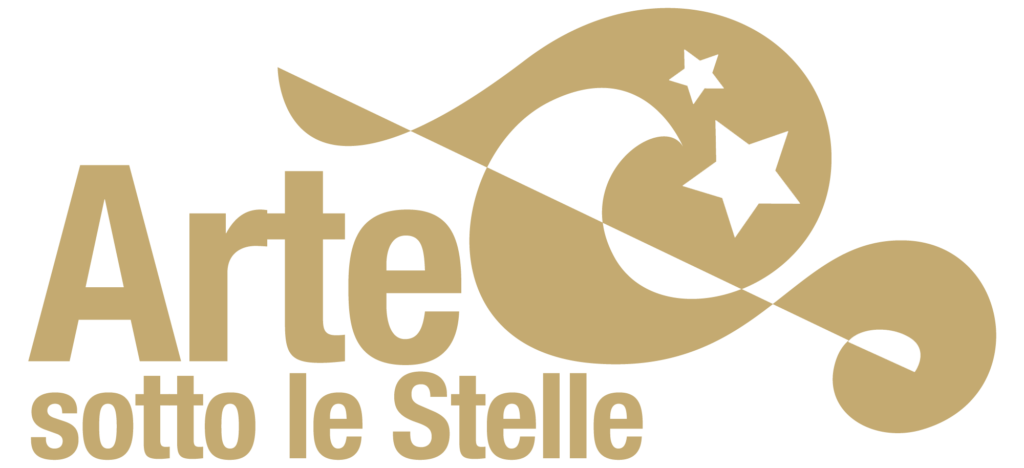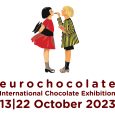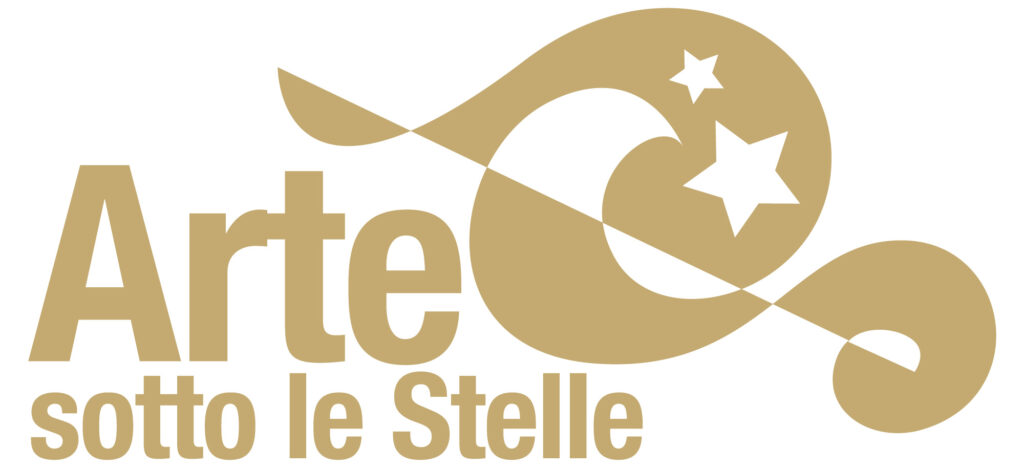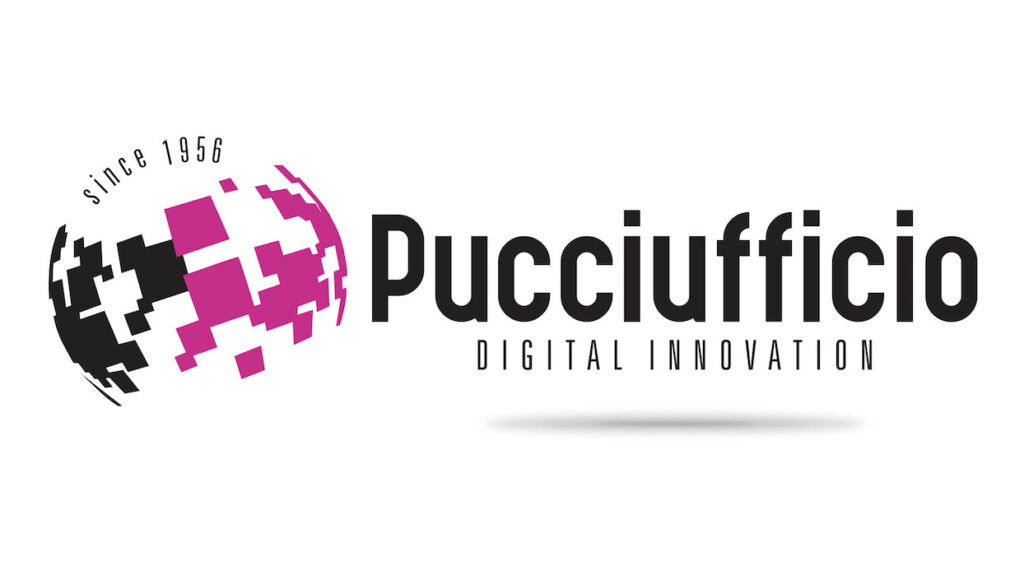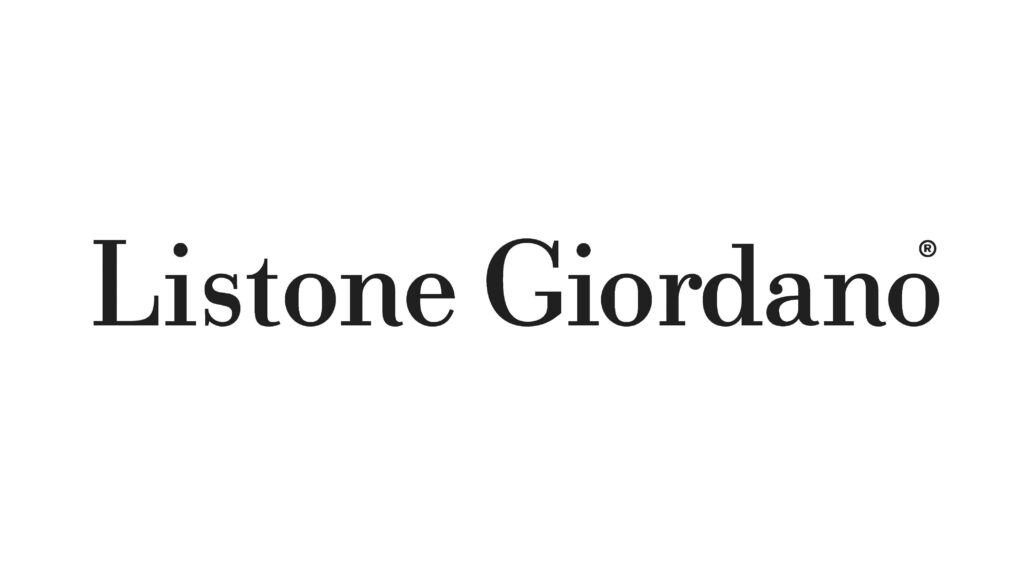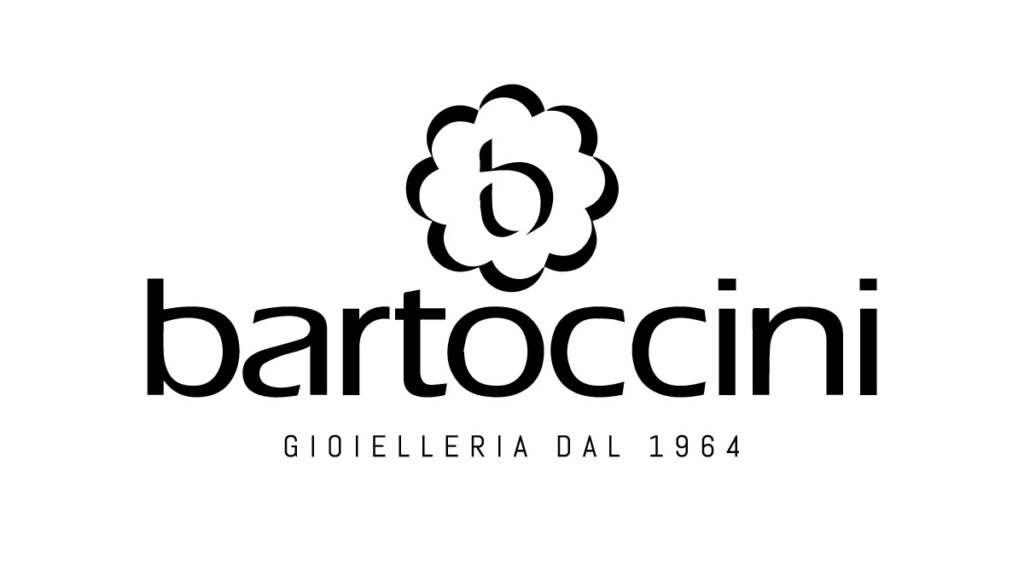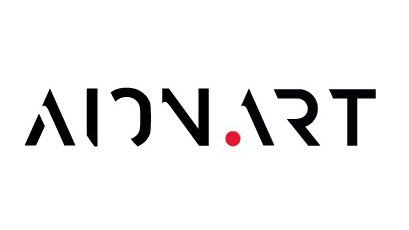Perugino in the Umbrian Valley
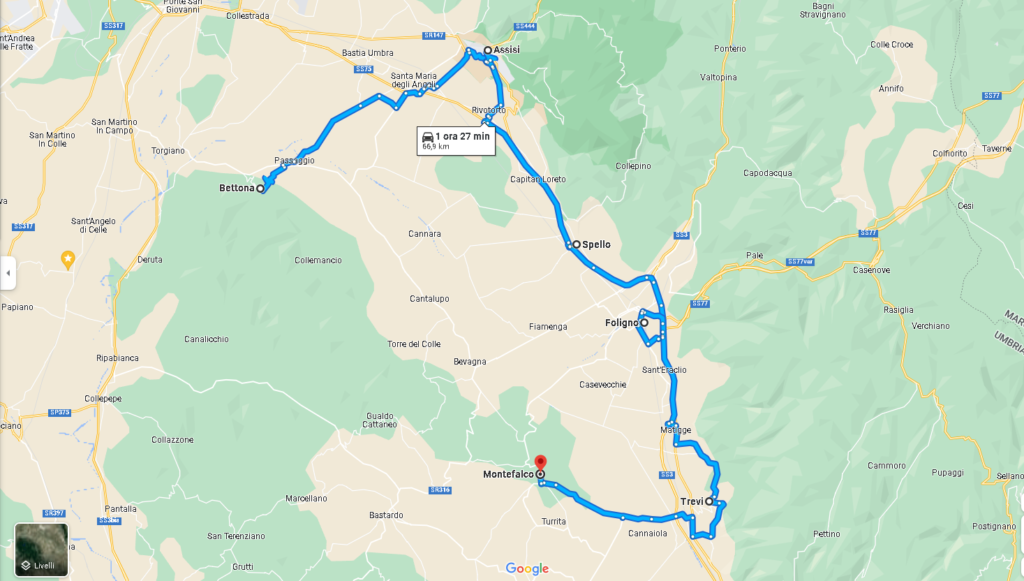
Bettona – Pinacoteca Comunale
Piazza Camillo Benso Conte di Cavour, 3, 06084 Bettona PG
Perugino, Madonna of Mercy, about 1512, tempera on panel, 147 x 201 cm, Bettona, Pinacoteca Comunale
The work was originally housed in a rural shrine, before being taken to the church of Sant’Antonio di Bettona; in 1987 it was stolen and traced to Jamaica, then brought back to Italy and restored.
The Virgin opens her mantle, placing Saint Stephen, who can be recognized thanks to his iconographic attributes (the two stones and the dalmatic, that have reappeared following the cleaning and restoration works), and Saint Jerome, under her protection.
Perugino, Saint Anthony of Padua, 1512, tempera on canvas, Bettona, Pinacoteca Comunale
The figure of Saint Anthony is represented in front of a parapet and on a background (that was originally painted blue), with his iconographic attributes of the book and the flame; in the bottom left the client, whose size is much smaller than Saint Anthony, is kneeling towards him and dressed in an armor: it is Bartolomeo di Maraglia, who made a vow to Saint Anthony to be saved.
Assisi – Porziuncola, Basilica of Santa Maria degli Angeli
Piazza Porziuncola, 1, 06081 Santa Maria degli Angeli PG
Perugia, Crucifixion, 1485-1486, fresco, Assisi, Basilica of Santa Maria degli Angeli, Porziuncola
The painting is placed on the outer back wall of the Chapel of the Porziuncola, which was originally part of the choir in 1485 (when the painting was realized) and then demolished in 1569, due to the works for the new monumental Basilica.
The iconographic model chosen by the painter for this fresco is strictly local: it recalls the Crucifixion by Pietro Lorenzetti in the Lower Basilica of Assisi, but in a Renaissance key. Only the lower part of the fresco remains today, preserving the base of the cross and only one leg of Christ’s lifeless body, the Virgin supported by the Pious women, Saint Mary Magdalene, Saint Francis embracing the cross, two soldiers on horseback and some bystanders.
The work was heavily repainted in 1832; subsequently, a modern restoration allowed the scene to be read in its original draft.
Spello, Church of Santa Maria Maggiore
Piazza Giacomo Matteotti, 18, 06038 Spello PG
Perugino, Piety among the Saints John and Magdalene and Virgin enthroned between the Saints Biagio and Catherine of Alexandria, 1521, frescoes, 145 x 163 cm, Spello, church of Santa Maria Maggiore.
The two frescoes, showing the Piety and an Enthroned Madonna, were commissioned to Perugino by the canons of the church of Santa Maria Maggiore in Spello on March, 8th 1521; the painter, now old in age and at the end of his artistic career, completed both tasks in the following two months.
The two chapels on the sides of the main altar on which the two frescoes were located were then dismantled but the back walls were preserved: therefore, both frescoes were never transferred, not even temporarily, from the place for which they were conceived.
The style of the works reflects the last pictorial phase of the painter in the simplified construction of the space, while the figures are characterized by a certain two-dimensional construction, due to the use of soft and transparent colors.
Foligno – Oratorio della Nunziatella
06034 Foligno PG
Perugino, Baptism of Christ, 1508-1513, fresco, 445 x 228 cm, Foligno, Oratorio della Nunziatella.
The fresco is part of the decoration commissioned by the rector of the Annunziata society, Giovanni Battista Merganti, for the chapel of San Giovanni Battista. The theme of Baptism was really popular among Perugino’s clients, thanks to the fresco depicting the same scene that he realized for the Sistine Chapel.
At the center of the scene, Saint John is about to pour the water of baptism on the head of Christ, who is praying. Four elegant angels attend the scene from the banks of the river, while two others, surrounded by cherubim, float in the air together with a white dove, representing the Holy Spirit.
In the lunetta, God blesses the scene with the Globe in his hand, while two angels kneel in front of Him, holding some lilies, symbol of purity.
Trevi – Sanctuary of the Madonna delle Lacrime
SP425, 2, 06039 Trevi PG
Perugia, Adoration of the Magi, fresco, 1521-1522, Trevi, Sanctuary of Madonna delle Lacrime
The fresco, where Perugino even left his signature, is located in the second chapel on the right, known as the “Chapel of the Nativity” or “Epiphany”. The work was commissioned by the rich local family of Valenti, whose coat of arms is also present in the arch above the scene.
The work depicts an enthroned Madonna, holding the newborn Child on her knees. The Three Wise Men are adoring Baby Jesus, together with the crowd of bystanders; the monumental composition is characterized by the rigorous spatial arrangement, thanks to the geometry of the hut, recalling a stylized, robust wooden temple.
The background is characterized by a delicate, green landscape, with shepherds and white sheep.
Montefalco, Church of San Francesco
Via Ringhiera Umbra, 6, 06036 Montefalco PG
Perugino, Nativity, 1503, fresco, 630 x 480 cm, Montefalco, Church of San Francesco
The monumental fresco was painted by Perugino in a masonry aedicule, topped with a lunette and recessed in the thickness of the wall, surmounted by an attic and framed by an elegant decoration recalling false architecture, commissioned in 1503 to Perugino by the friar Francesco Augusti.
The Child is adored by all the members of the scene, arranged in a semicircle: on the right Mary, on the left Joseph, on the sides and behind the shepherds, the ox and the donkey on a countryside background.
Above the group, God the Creator appears in an almond of light accompanied by angels and cherubim, while an Annunciation takes place in the corners above the lunette.


